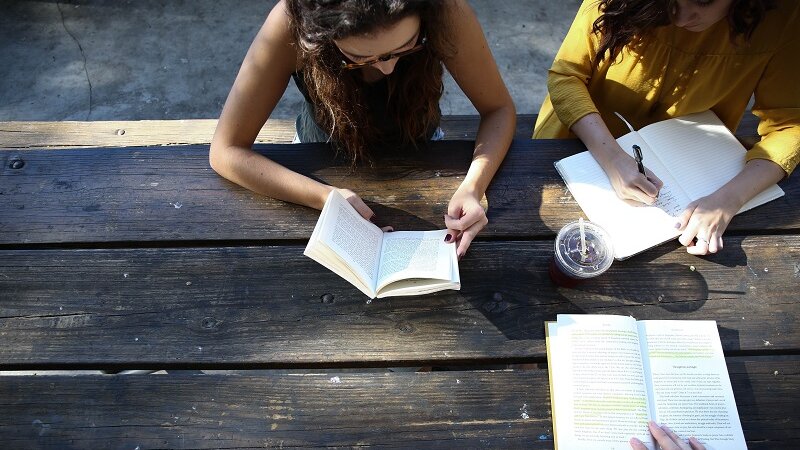The Philosophy of Humanism
Episode #8 of the course The theory of education: Effective learning and teaching by K.C. Finn
By definition, humanism is a philosophy that looks at the whole person. This means that it encourages us to explore emotional, social, and physical needs during the learning experience. While this an extensive topic area that could have a whole course of its own, our session today will specifically focus on three key areas from the philosophy: our sense of self, the use of role models, and community learning.
Where Does the Method Come From?
Key names in the field of humanism include Abraham Maslow, Carl Rogers, and Malcolm Knowles, all of whom explore very different areas of this ‘whole person’ approach. Maslow’s Hierarchy of Needs is a viral theory that you may have already seen on your learning journey. It is one that suggests that different levels of needs must be met for us to fully ‘self-actualize’ as productive and fulfilled human beings. We’re going to look at teaching and learning as a path to this actualization, and how it’s essential to consider our emotional wellbeing and our role in the broader community of learning as we do so.
A significant weakness of this theory is that its super-enhanced focus on individuals means that it can’t suit a one-size-fits-all approach in large classrooms, lectures, and distance learning. But that doesn’t mean that you can’t make yourself and students aware of it, and allow them to have a powerful impact on their learning through this knowledge.
The Role of the Teacher
In this philosophy, teachers are encouraged to view themselves as facilitators to learning, and figures who can model behavior and examples, which will enhance the personal experience of every student in their care. We are part of a community of learning, with other people who know different things to us at varying levels of proficiency, so it’s crucial never to see your students as lacking or deficient in any way.
Classroom examples:
• Encourage students to co-operate and support one another by sharing their different strengths.
• Create an environment where the teacher can learn from students too, by listening to their opinions and utilizing them for new avenues of learning.
• Be aware of emotional and social barriers which could be causing difficulties within your teaching environment, and seek to peacefully resolve them.
• Model not only good academic and learning behaviors, but also excellent people skills, emotional control, and self-confidence for your students to aspire to and learn from.
The Role of the Learner
One of the most effective methods of learning is to see if we can teach our skills to others. As we return to the lesson one principle that ‘we are all teachers and we are all learners’, we can quickly see how role models, self-actualizing, and community-based practice can relate to our lives. Your teacher may not be the only figure that you can learn from, so look around for other sources, models, and outlets where you can take charge of your learning to expand your ideas. Get involved in communities where your topic area is being used to see more role model examples.
The second significant element here is the idea that emotion directly affects learning and that we have to take care of ourselves during our journey. Staying up all night, stressing out about exams, and pressuring ourselves to succeed is not the healthiest way to move forward, so always consider breaks, fun times, and non-educational activities as a chance to recharge. Be aware of your physical, social, and emotional needs, and make notes on strategies to develop and address them during your study time.
Key take-aways:
• “If someone else takes an interest in my learning, I should be proud to explain ideas and concepts to them and share my knowledge.”
• “Helping fellow students not only support them emotionally but aids my learning and improves my self-esteem.”
• “I need to look after my physical health with plenty of rest, and my mental health by being aware of stress-behaviors and negative thinking.”
• “Any strategies I can come up with to put me in a good emotional state for learning should be utilized, like meditation, exercise, music, or creative mindfulness.”
Next session, we explore the final philosophy that this course covers, which is perhaps the most modern theory that we’ll discuss. Join me next time for an exploration of how we learn through making connections, particularly crucial in this age of technology and digital learning, and how minds trained for this learning format can be sharp, fast and brilliant once they have the techniques down. Lesson nine, Connectivism, is coming up next.
See you then!
K.C.
Recommended reading
Helpful Professor has some excellent background reading on humanist ideologies, and how they directly affect education.
Share with friends

